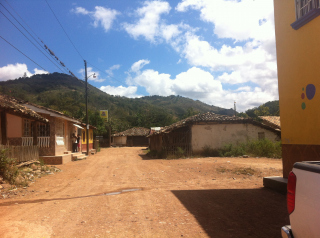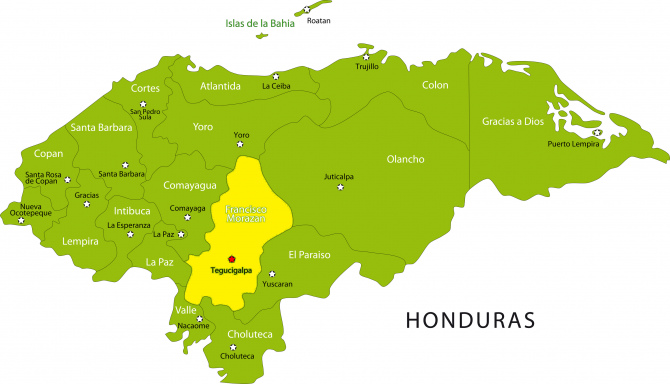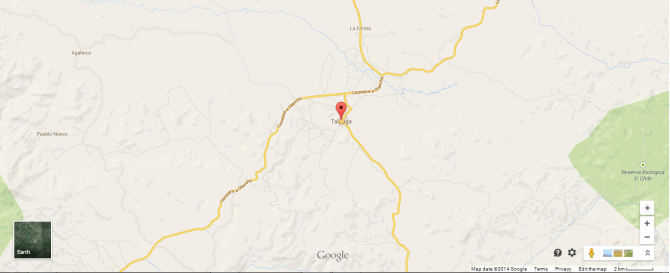Jalaca, Honduras
![]()
![]()
![]()
![]()
![]()
![]()
![]()
![]()
![]() Click on Programs to learn more about their work in this community
Click on Programs to learn more about their work in this community
General Information
| Population* | 1,300 |
| Number of homes | 58 |
| Avg # of people per home | 4-5 |
| Primary Occupations | Agriculture -beans and corn |
| Water System | Yes |
| Community Bank | Yes - have a credit cooperative |
| % of Homes with Latrines | 70% |
| Electricity | Yes |
| Corresponding Health Center & Distance | CESAR Jalaca, in the community |
| Common Illnesses | respiratory infections, skin infections, parasites |
| School Access and Distance | 1st-12th grade in community |
| Municipality | Talanga |
| Department | Francisco Morazán |
| Distance from compounds | 2 hours and 30 minutes |
* Population does not reflect how many patients will be seen on medical
brigades as many people from surrounding communities come seeking
Medical Brigades medical attention.
Top Needs Expressed
The top needs expressed by the key community members are medicine for the health center and improved latrines in each house.



Jalaca is located in the Francisco Morazan department of Honduras. It is located near the municipality of Talanga, shown on the map above. It is a flat community low in elevation.
In Jalaca, children are fortunate enough to have access to education all the way through 12th grade. Most communities only have access to education through 6th grade. The brigade clinic will be set up in the primary school, which holds kindergarten through 6th grade. In this school, there are 84 students, 8 rooms, and 6 teachers. Although they do have access to school beyond 6th grade, the majority of students do not do on to complete secondary school.
This community does have a water system that was built by the community and local government. 99% of houses are connected to the water system, as the only houses that are not connected are ones that were built after the system was completed. The water is purified in the water tank, but some community members purify it again by boiling it in their homes.
Jalaca has a CESAR, or the smaller of the two different types of health centers that the Honduran government offers. CESARs only have nurses on staff, and only usually have one nurse that is permanent and there year-round. Occassionally they will have doctors come for a short amount of time. The most common illnesses here are parasites, respiratory infections, anemia, high blood pressure, and the common cold.
This community has access to credit through a credit cooperative created completely by the community. The main source of income is agriculture, the main crops being corn and beans. There are also some community members who work as day-laborers and make a living that way.